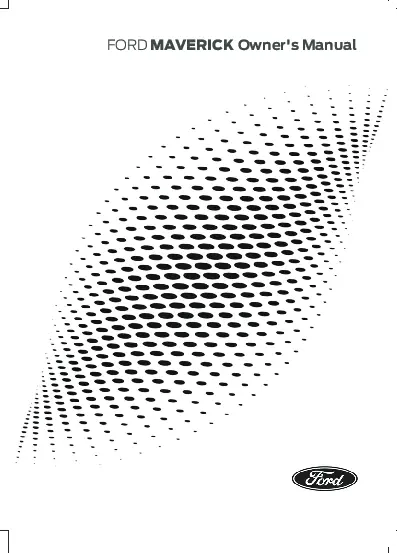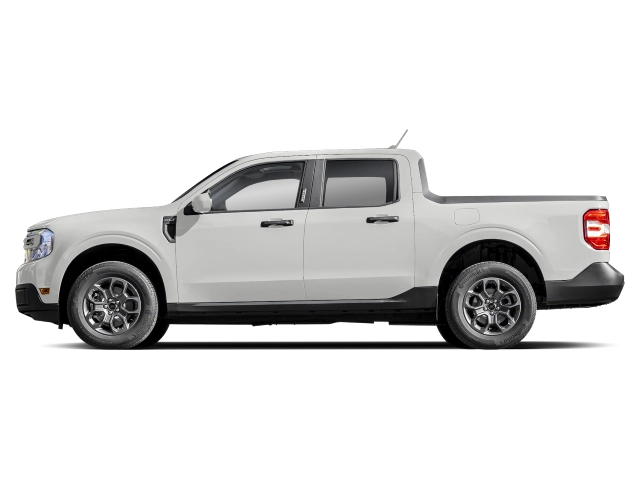2026 Ford Maverick Owner's Manual

Table of Contents
2026 Ford Maverick Overview
Owner's Manual
The Owner's Manual for the 2026 Ford Maverick is an essential resource designed to enhance your ownership experience. It serves as a comprehensive guide that covers everything from basic operations to advanced features. The manual outlines important vehicle specifications, maintenance schedules, and safety protocols, ensuring that you can make the most out of your Maverick. It also offers troubleshooting tips to help resolve common issues, ensuring that you are well-prepared to handle any challenges that may arise. Understanding and utilizing the Owner's Manual will not only ensure the longevity of your vehicle but also maximize its performance and safety features, making it an indispensable companion for every Maverick owner.
Introduction
The 2026 Ford Maverick is revolutionizing the compact pickup market with its blend of practicality, modern technology, and styling. Designed for urban adventurers and everyday drivers alike, this versatile vehicle is perfect for those seeking a combination of affordability and capability. Its robust design houses a spacious interior combined with advanced tech features, giving it a competitive edge in the growing segment of compact pickups.
Powertrains
The Maverick offers an array of dynamic powertrains suited to various driving needs. It features a standard hybrid option that pairs a 2.5-liter four-cylinder engine with an electric motor for impressively efficient fuel consumption. For those seeking extra power, a 2.0-liter EcoBoost engine is also available, providing a thrilling drive without compromising on efficiency. Each powertrain option is designed to balance spirited performance with everyday usability, ensuring the Maverick can handle both city streets and open highways with ease.
Trims
The 2026 Ford Maverick comes in three distinct trims: XL, XLT, and Lariat. The XL serves as the base model, equipped with essential features that deliver superb value. The XLT enhances the rugged exterior with more tech-savvy features and customizable options for personal touches. Finally, the Lariat trim offers premium comforts and advanced safety tech, perfect for drivers who prioritize luxury alongside functionality. Each trim is carefully designed to cater to various lifestyle needs, making it easy for buyers to find the perfect Maverick for their requirements.
Features
Equipped with cutting-edge technology and conveniences, the 2026 Maverick caters to tech enthusiasts and practicality seekers alike. Key features include an intuitive infotainment system with a large touchscreen display, smartphone integration, and a range of driver-assist technologies aimed at enhancing safety. Additionally, a spacious and ergonomically designed cab ensures a comfortable experience for both driver and passengers. With versatile cargo capabilities, including built-in storage solutions, the Maverick is ready for any adventure while seamlessly integrating into daily life.
User manual download
The Ford Maverick owner manual for the 2026 model year is to be found in PDF downloadable format on this page. The owner manual for the model year 2026 is free and in English, but the repair manuals are usually not easy to get and may cost more.
Manual Questions
Fill the form below and someone will help you!

